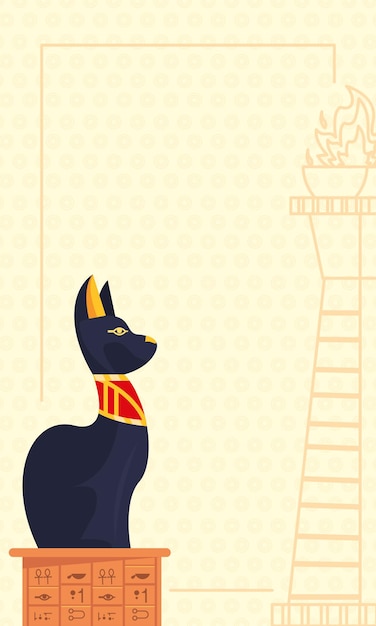Peat Moss as a Cat Litter Alternative: Benefits And Drawbacks
Wiki Article

In recent years, the trend towards eco-conscious living has actually extended to every aspect of our lives, including our beloved pets. As pet owners become increasingly familiar with the environmental effect of their furry good friends, the need for natural cat litter has actually risen. However exactly what is natural cat litter, and why should animal owners consider making the switch? In this extensive guide, we'll explore the world of natural cat litter to explore its benefits, options, and whatever else you require to understand.
As environmental consciousness grows among pet owners, the mission for sustainable cat litter options has taken center stage. Traditional clay-based litters, while popular, pose ecological issues due to their non-biodegradable nature and the environmentally intensive procedure of clay extraction. This has actually resulted in a surge in interest for eco-friendly alternatives that assure to be kinder to the world without compromising on performance. This post explores the world of cat litter alternatives, highlighting their benefits, downsides, and what to consider when making the switch.
Clay-based cat litters, especially those that are non-clumping, have been the go-to choice for years due to their absorbency and odor control properties. Nevertheless, their ecological footprint is concerning. The mining of salt bentonite, an essential component in clumping clay litter, is disruptive to environments. Furthermore, these litters do not degrade, adding to garbage dump waste. Additionally, the dust from clay litters can be damaging to both human and feline breathing systems, prompting family pet owners to seek much healthier, more sustainable options.
Eco-friendly options are made from a variety of plant-based products, including recycled paper, wood pellets, corn, wheat, and walnut shells. These products not only break down naturally in the environment however also typically come from eco-friendly resources, minimizing the ecological effect associated with their usage.
Recycled Paper Litter is made from post-consumer paper waste, turned into pellets or granules. It's extremely absorbent, virtually dust-free, and perfect for cats and owners with breathing sensitivities. Nevertheless, it might not control smells as effectively as other products and typically does not clump.
Wood Pellets, sourced from lumber scraps, provide a natural pine scent that reduces the effects of smells without artificial scents. They're low in dust and absorb moisture well, becoming sawdust when wet. The sawdust can be sorted out, making the litter last longer, though some cats might not choose the larger pellet size.
Corn and Wheat Litter are understood for cat litter mat their clumping capability, similar to clay litters, making clean-up simple. They're biodegradable and compostable, with natural enzymes that help manage odors. Nevertheless, they can be pricier than conventional litter and might attract bugs if not kept properly.
Walnut Shell Litter uses the natural absorbency of crushed walnut shells, using excellent odor control and clumping homes. It's dust-free and eco-friendly but can be more costly and might not be suitable for cats with nut allergic reactions.
Silica gel litter, made from silica cat litter robot dioxide sand, oxygen, and water, is another option to clay. It's highly absorbent, controls odors efficiently, and is low dust. While not eco-friendly, it's lighter and can last longer than clay litter, requiring less frequent modifications. Nevertheless, its greater rate point and the texture, which some cats may find off-putting, are factors to consider for possible users.
Cats can be specific about their litter. Slowly present the brand-new litter by blending it with the old, increasing the percentage of the brand-new litter with time to allow your cat to adjust.
Environmental Impact: Consider the lifecycle of the litter material, from production to disposal, to ensure it lines up with your environmental worths.
Health and Safety: Choose dust-free or low-dust options to protect both your and your cat's respiratory health. Ensure the litter is free from chemicals or fragrances that could damage your family pet.
Expense: While some options might be more pricey in advance, their longevity and the amount required per change can make them cost-effective in the long run.
The Future of Cat Litter Alternatives
The trend towards sustainable pet care items is growing, with developments in cat litter options leading the method. Future advancements may include more efficient eco-friendly products, enhanced odor control and clumping technologies, and even litter made from upcycled waste products. As customer need for environmentally friendly products increases, we can expect to see a wider series of options that do not compromise on benefit or efficiency.
The shift towards sustainable cat litter alternatives is not just a pattern but a reflection of a growing awareness of environmental concerns among pet owners. While standard clay litters have actually dominated the marketplace for many years, the array of eco-friendly and innovative materials now readily available offers appealing choices for those wanting to reduce their eco-friendly footprint. By considering aspects such as ecological impact, health and wellness, and cat approval, animal owners can make educated decisions that benefit both their furry companions and the world. As Grass Seed Cat Litter the industry progresses, the future of cat litter looks greener than ever, guaranteeing a great deal for felines, their owners, and the environment.